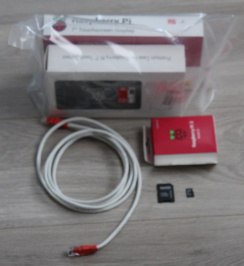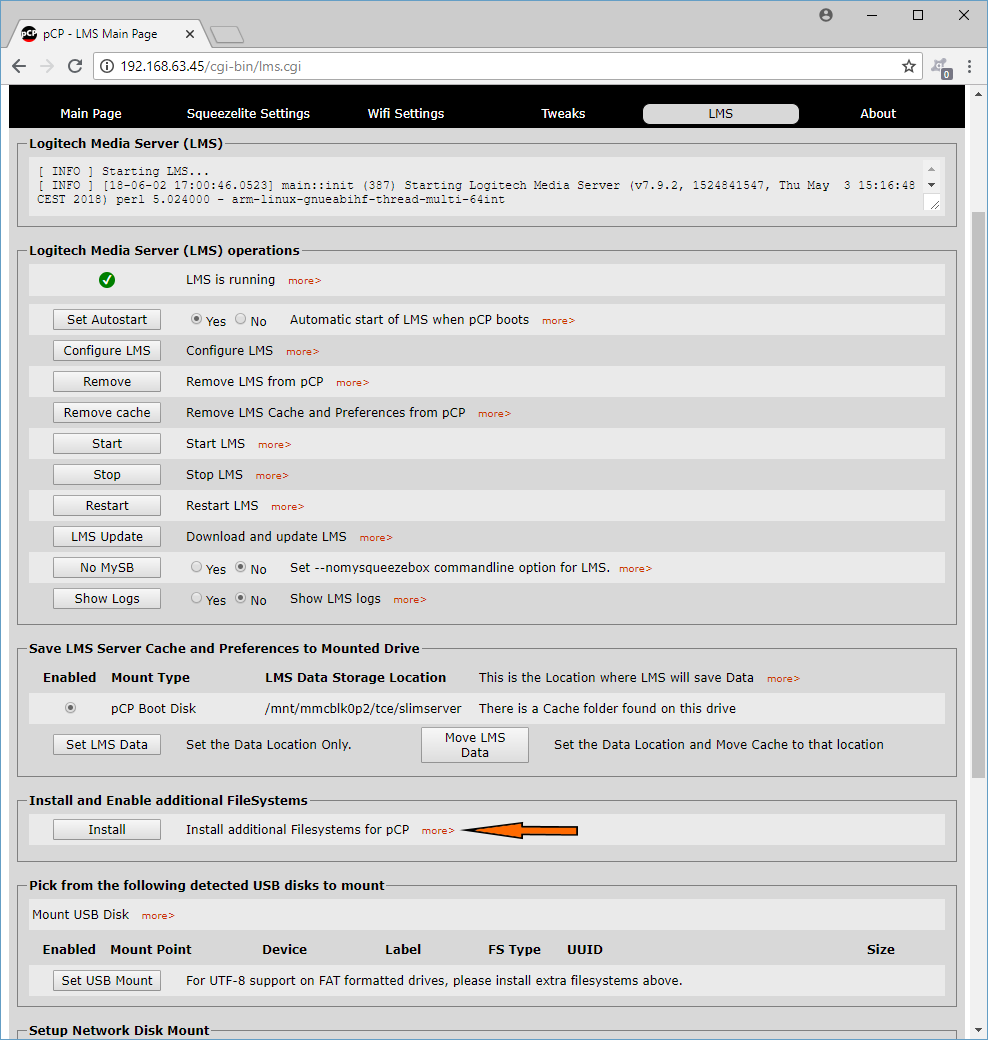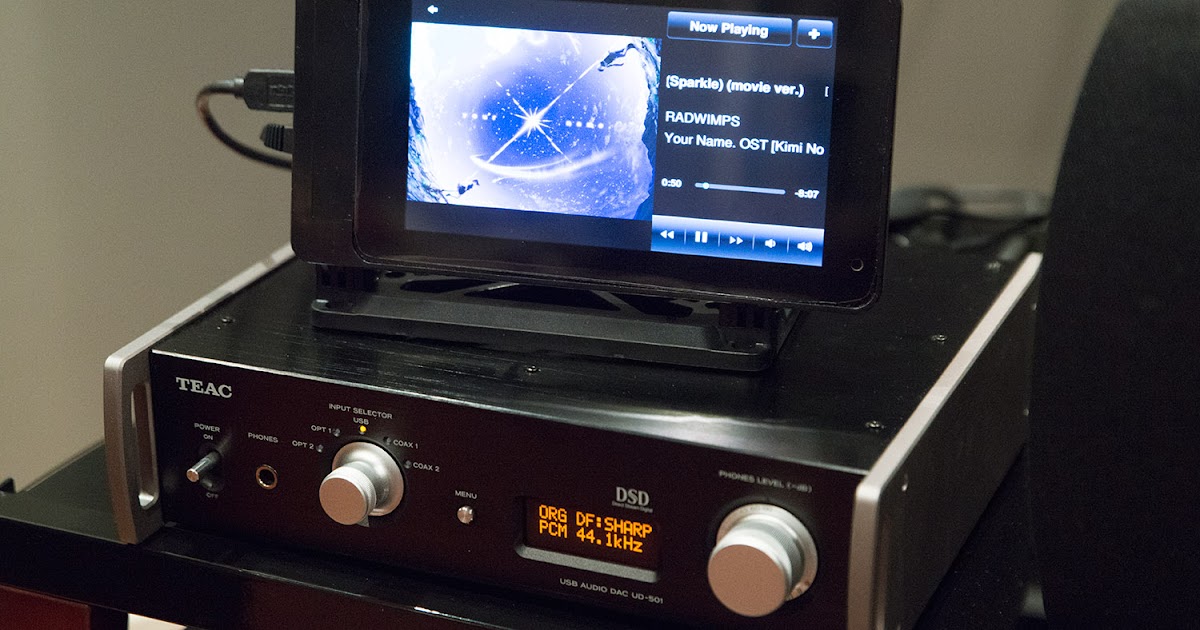

- #Jivelite on picoreplayer supported monitors how to#
- #Jivelite on picoreplayer supported monitors drivers#
- #Jivelite on picoreplayer supported monitors update#
- #Jivelite on picoreplayer supported monitors manual#
- #Jivelite on picoreplayer supported monitors software#
IQ Audio offers the Pi-DAC+: a very nice 192/24 DAC with hardware volume control that is fully RoonReady certified.A HAT can function as a DAC (providing an analog signal), as a digital board (providing optical or coaxial S/PDIF out) or even a DAC/AMP combo (ready for attaching a pair of speakers to). Several of these HATs are dedicated to getting high quality audio out of your Pi, using the I2S interface on the header – and succeed admirably in doing so. This header allows for easy connection of small daughterboards, or, in Pi-lingo: HATs (Hardware Attached to Top). Don’t let this scare you off though: luckily, the Pi has a smart expansion system in the form of a 40-pin GPIO header.
#Jivelite on picoreplayer supported monitors drivers#
What about audio quality? Well, with the Pi, it’s pretty awful out of the box: the onboard audio system is very noisy and its drivers are still pretty half-baked. They also enable you to separate your Roonserver system from your audio system: place a low-powered RoonBridge endpoint near your kit and delegate the server to a cupboard far, far away. Music in the kitchen! In the bedroom! In the bath… well – you get it by now. Why would I want one?ĪRM dev boards are extremely cost-effective and enable you to add one or more extra audio zones throughout your house.
#Jivelite on picoreplayer supported monitors how to#
In this guide I will be looking at two of the most popular ones: the Raspberry Pi and the Cubox-i and explain in easy step-by-step guides how to turn them into Roon Bridge endpoints. Roon Bridge for ARM is targeted at (( ): small, low-power microcomputers based on the ARM-chipset, usually running Linux off a micro SD-card. Roon Bridge relies on RAAT (Roon Advanced Audio Transport) – Roon’s own audio distribution technology that allows for stable streaming, zone linking and superior audio clocking.

#Jivelite on picoreplayer supported monitors software#
With the advent of Roon 1.2, Roon Bridge has made its appearance: a nifty piece of software allowing to you create audio endpoints with machines otherwise underpowered to run ‘full Roon’. These days, you may want to consider using DietPi or Ropieee as the OS for your Pi-based Roon Bridge. While it is still technically correct, things have changed over time.

So it is possible to see a defined plugin when opening the browser interface.įor IQaudIO and HiFiBerry sound cards, it is possible to choose different setups. Under Settings/Reboot you can change the start page.
#Jivelite on picoreplayer supported monitors update#

On first start, activate WPS on your router and your Raspberry Pi is automatically connected Please note: If you use WPS, your Pi’s first boot will take up to 2 minutes to set up everything properly. It is possible to connect your Raspberry Pi through WPS with your router.
#Jivelite on picoreplayer supported monitors manual#
The following is a manual for the first start and setup of the Raspberry Pi with Max2Play.


 0 kommentar(er)
0 kommentar(er)
